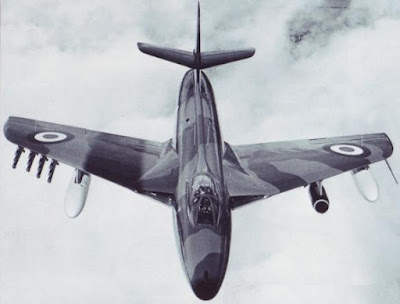The Hughes OH-6 Cayuse ("the Loach") was a light observation helicopter used by the US Army in the Vietnam War and other armed conflicts. Being part of the aerial cavalry, it was a high-performance and easily maintained helicopter. It was well armed, small and agile, being ideal for riverine support operations in the jungles of Vietnam. The OH-6A was the first production version. Hughes also developed a civilian version, which was the Model 500.
The first prototype, the YOH-6, made its maiden flight on February 27, 1963. The first batch of OH-6As was delivered to the US Army in September 1965 and it became fully operational in September 1966. It would be sent to Vietnam in 1968. This helicopter was nicknamed "the Loach" for the LOH designation. In service with the US Marine Corps, it operated together with the AH-1G Cobra as a team; the Loach designated targets using color smoke rockets and the Cobra attacked them with its lethal firepower. Later, in other armed conflicts, it would also be used for special operations for insertion of Special Forces behind enemy lines.
Technical Characteristics
The Hughes OH-6 Cayuse was a light helicopter, with a teardrop-shaped fuselage. The tailboom tapered towards the rear end, which had three fins. The main rotor had four blades, while the tail rotor had two. Each of the main rotor blades was attached to the one opposite by 15 flexible stainless steel straps. It was powered by one Allison T63-A-5A turboshaft engine, which put out 320 horsepower.
The OH-6 Cayuse had excellent control response, with little vibration at high speeds. The main rotor had a small diameter, which was useful among the tree-tops of Southeast Asia jungles. Due to being very maneuverable, it was also used for support and attack missions and medical evacuation. The AH-6G was the attack version of the Loach, while the MH-6H variant had two long planks on the sides ("people planks"), which was for Special Forces insertion.
Specifications (OH-6A)
Type: light observation helicopter
Main Rotor Diameter: 8 m (26 feet, four inches)
Length of Fuselage: 7 m (23 feet)
Height: 2.48 m (8 feet, 2 inches)
Power Plant: one 320-HP, Allison T63-A-5A turboshaft engine
Maximum Speed: 241 km/h (149 mph)
Range: 611 km (379 miles)
Service Ceiling: 4,815 m (15,800 feet)
Accommodation: one pilot and one observer, plus up to four passangers.
Armament: one 7.62mm XM27 machine gun, with provision for two 7.62mm M60 machine guns. The AH-6G version had two rocket launchers.
Below, the OH-6 Cayuse in Japanese service


























